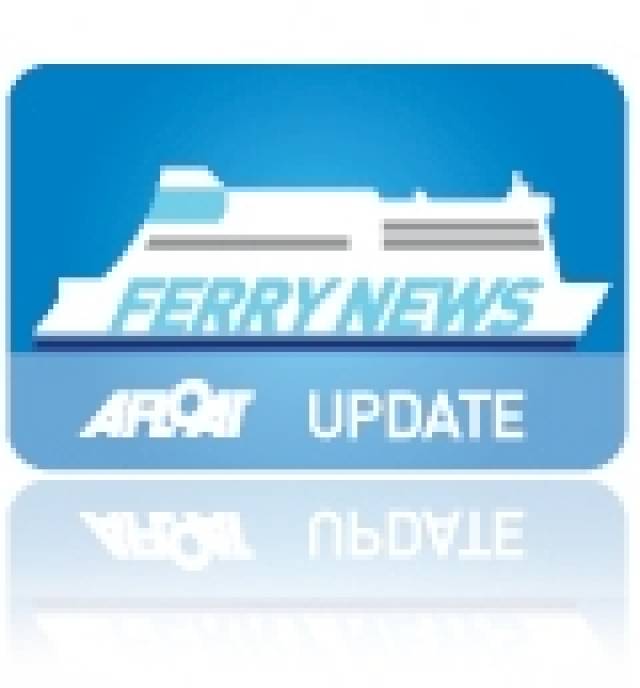#Condor102 - Channel Islands operator Condor Ferries latest acquisition, Condor 102, departed last week from Austal's shipyard in Balamban, Cebu in the Philippines, to begin her long (approx. 10,500 nautical miles) delivery voyage to Southampton.
Upon her arrival in the UK, final preparations will be made before the 102-metre fast-ferry passenger and vehicle trimaran is scheduled to enter a Poole-Channel Islands service at the end of March 2015. She will be renamed following a public competition for islanders.
Afloat.ie adds that Condor 102 is understood to replace one of a trio of InCat built 86m fast-ferries which currently operate services in addition to ro-pax Commodore Clipper. This conventional ferry is a slightly larger version of Isle of Man Steam Packet Co.'s Ben-My-Chree.
Condor 102 which was built in Austal's yard in Fremantle, Western Australia was relocated to their facility in the Philippines from where for the past four months she underwent fitting-out to Condor's specifications so to meet passenger standards when entering service.
The craft is expected to take around four weeks to make the journey to the UK. During the voyage, which is being undertaken by Condor crews, the ferry will sail across the Indian Ocean, through the Suez Canal and via the Mediterranean before travelling up the Bay of Biscay and into the English Channel.
"I'm delighted that we are now entering the final stages of the new ferry's preparations before she is able to come into service on the UK to Channel Islands route," said Capt Fran Collins, Executive Director – Operations, at Condor Ferries.
Once she arrives in Southampton, interior refurbishment specialists, Trimline, will complete the internal fit out and the ferry will undertake further trials before she begins sailing in the Spring.






























































